The Nuclear Powered Naval Vessels Market is characterized by a complex interplay of technological advancement, geopolitical considerations, and strategic partnerships. As of October 2025, key players such as General Dynamics (US), Northrop Grumman (US), and Bae Systems (GB) are at the forefront, each adopting distinct strategies to enhance their competitive positioning. General Dynamics (US) focuses on innovation in submarine technology, particularly through its Virginia-class program, which emphasizes stealth and advanced combat systems. Meanwhile, Northrop Grumman (US) is leveraging its expertise in unmanned systems and artificial intelligence to enhance operational capabilities, indicating a shift towards integrating cutting-edge technologies in naval warfare. Bae Systems (GB) appears to be concentrating on international collaborations, particularly in the Asia-Pacific region, to expand its market reach and influence.
The business tactics employed by these companies reflect a concerted effort to localize manufacturing and optimize supply chains, which is crucial in a moderately fragmented market. This competitive structure allows for a diverse range of offerings, yet the influence of major players remains pronounced. The collective strategies of these companies not only shape their individual market positions but also contribute to a dynamic competitive landscape that is responsive to global defense needs.
In August 2025, General Dynamics (US) announced a significant contract with the U.S. Navy to develop next-generation nuclear submarines, a move that underscores its commitment to maintaining technological superiority. This contract is pivotal as it not only secures revenue but also positions General Dynamics as a leader in advanced naval capabilities, potentially influencing future defense strategies. Similarly, in July 2025, Northrop Grumman (US) unveiled a new AI-driven command and control system for naval operations, which is expected to enhance decision-making processes in real-time combat scenarios. This innovation could redefine operational efficiency and effectiveness in naval engagements.
In September 2025, Bae Systems (GB) entered into a partnership with Mitsubishi Heavy Industries (JP) to co-develop nuclear propulsion systems for submarines, marking a strategic alliance that aims to leverage both companies' technological strengths. This collaboration not only enhances Bae's capabilities but also signifies a trend towards international partnerships that could reshape the competitive dynamics of the market. Furthermore, in October 2025, Thyssenkrupp Marine Systems (DE) announced its plans to invest in sustainable technologies for nuclear vessels, indicating a growing emphasis on environmental considerations within the sector.
As of October 2025, the competitive trends in the Nuclear Powered Naval Vessels Market are increasingly defined by digitalization, sustainability, and the integration of artificial intelligence. Strategic alliances are becoming more prevalent, as companies recognize the need to pool resources and expertise to navigate the complexities of modern naval warfare. Looking ahead, it is likely that competitive differentiation will evolve, shifting from traditional price-based competition to a focus on innovation, technological advancement, and supply chain reliability. This transition may redefine how companies position themselves in the market, emphasizing the importance of adaptability and forward-thinking strategies.


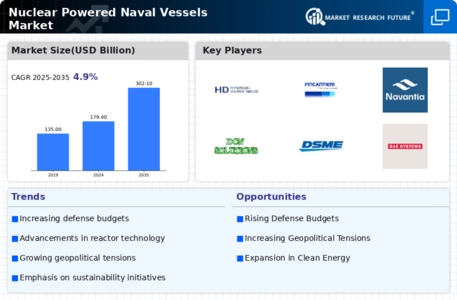
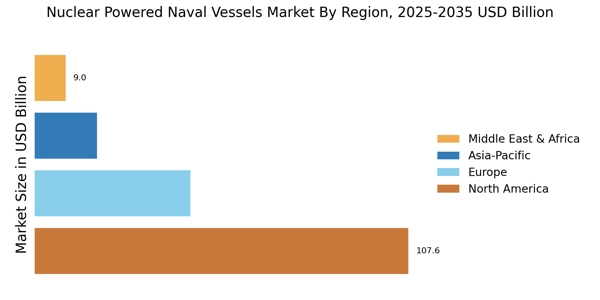

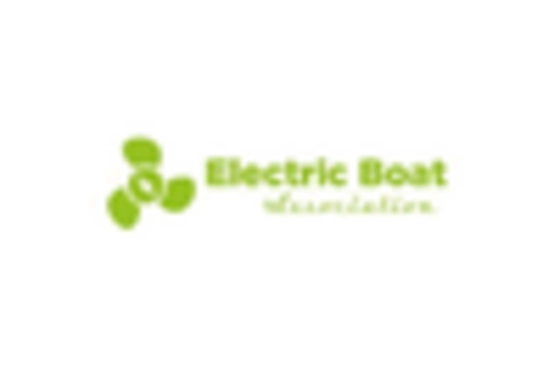

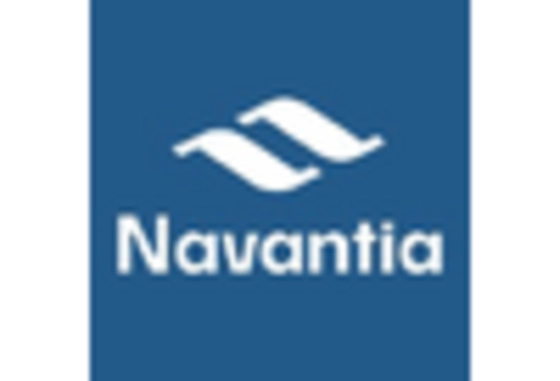

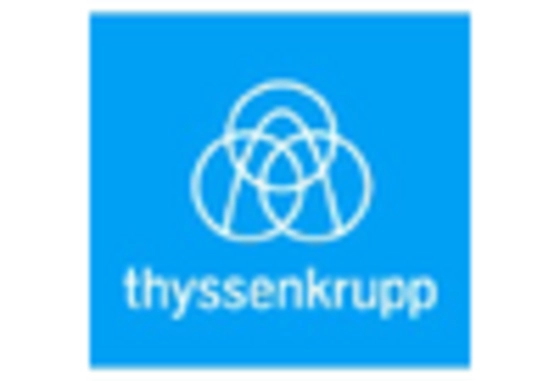








Leave a Comment